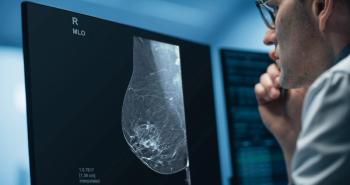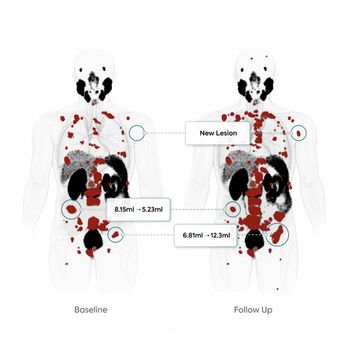For all its growing popularity throughout the industry, artificial intelligence has not yet gained the confidence of women in the general public. Nearly 80 percent say they do not want an AI tool to be the only interpreter of their screening mammograms. This level of opposition means the industry should pump the brakes on implementing AI with mammography and double-down on efforts to educate women about AI’s capabilities and benefits. Researchers from The Netherlands reached this conclusion by surveying 922 women between the ages of 16 and 75. They published their results in the Journal of the American College of Radiology. Based on their findings, even having AI as a second read on select studies was not very popular – 42 percent disagreed with it, and 27 percent were undecided. But, there is room for AI to earn more acceptance, the researchers said. Only 17 percent were categorically opposed to using the tool in collaboration with the radiologist. Even though there is resistance to using the technology now, it is critical to gauge women’s opinions and listen to their concerns, the team said. Proper and effective implementation of artificial intelligence tools cannot occur if their worries are not addressed and they are not willing to participate.
A study published this week in the Journal of Neuroscience revealed a connection between impaired blood flow and the accumulation of tau-protein in patients who have Alzheimer’s disease. Until now, the connection between vascular dysfunction and tau pathology has not been well understood. To provide clarity, a team from the University of Southern California in Los Angeles examined MRI and PET scans from 206 individuals – 68 USC patients who had normal to mild cognitive impairment and 138 patients with mild cognitive impairment or Alzheimer’s disease who were enrolled in the Alzheimer’s disease Neuroimaging Initiative. Alongside the scans, the patients also completed neuropsychological testing and were assessed for executive brain function, attention, and memory. Based on these tests, the team discovered spots in the brain with more significant tau build-up also had decreased blood flow, particularly in the inferior temporal gyrus – the area of the brain that typically experiences tau build-up in Alzheimer’s patients. And, this correlation between tau and vascular function was strongest in patients with greater cognitive impairment and higher amyloid-β levels. It appeared in more brain regions as the disease progressed. Consequently, the team posited, targeting vascular function could be key to avoiding and treating Alzheimer’s.
For more coverage based on industry expert insights and research, subscribe to the Diagnostic Imaging e-Newsletter here.
There is a “clear and present” danger facing this year’s Match – particularly radiology residency programs, experts said this week in an opinion article in the Journal of the American College of Radiology. As the second interview season without in-person interviewing rolls around, medical students are likely to apply to more programs because there will be no travel cost involved if they win an interview spot. In the past, 41 percent of students reported foregoing an application because it was too expensive to travel for the interview. With this obstacle removed, radiology programs could face a problem. Now, more students who view radiology as a “back-up” option instead of being truly vested in the specialty could apply, potentially taking interview spots from students who are actually interested in a career in radiology. To help avoid this problem, a group of students launched SingleToken, the Residency Application Preference Signaling Platform. Functional now, this platform lets students pay $25 dollars to register their interest in the 12 top programs of their choice, and residency programs can opt to participate at no cost. The goal, the authors said, is to make a dent in the increased application congestion that could form during the interview season. And, at the very least, they advised, programs that choose not to take part in SingleToken should increase the number of applicants they interview. This year, they said, radiology residencies cannot afford to be complacent.
And, finally this week, Diagnostic Imaging spoke with Dr. Christoph Lee about the trends and innovations surfacing in breast imaging. Dr. Lee, who is a breast radiologist at Seattle Cancer Care Alliance and a professor of radiology at the University of Washington, discussed the latest developments with modalities, as well as artificial intelligence. Here’s what he had to say.





























